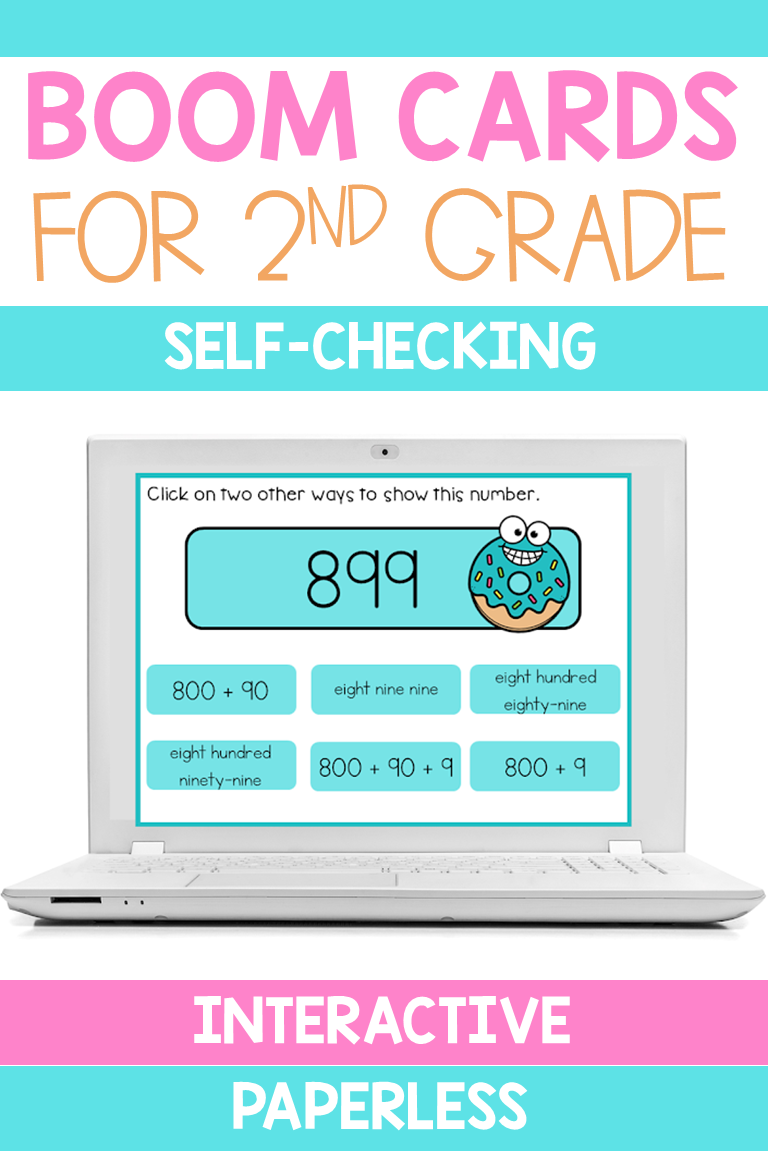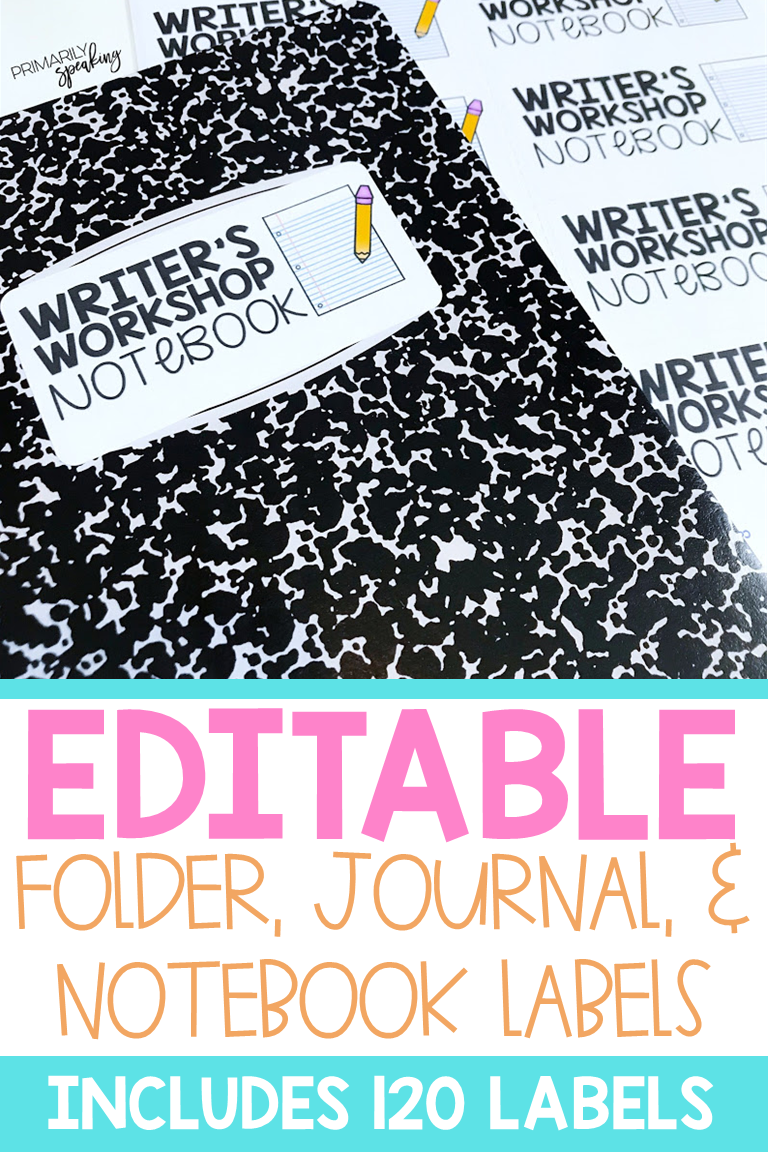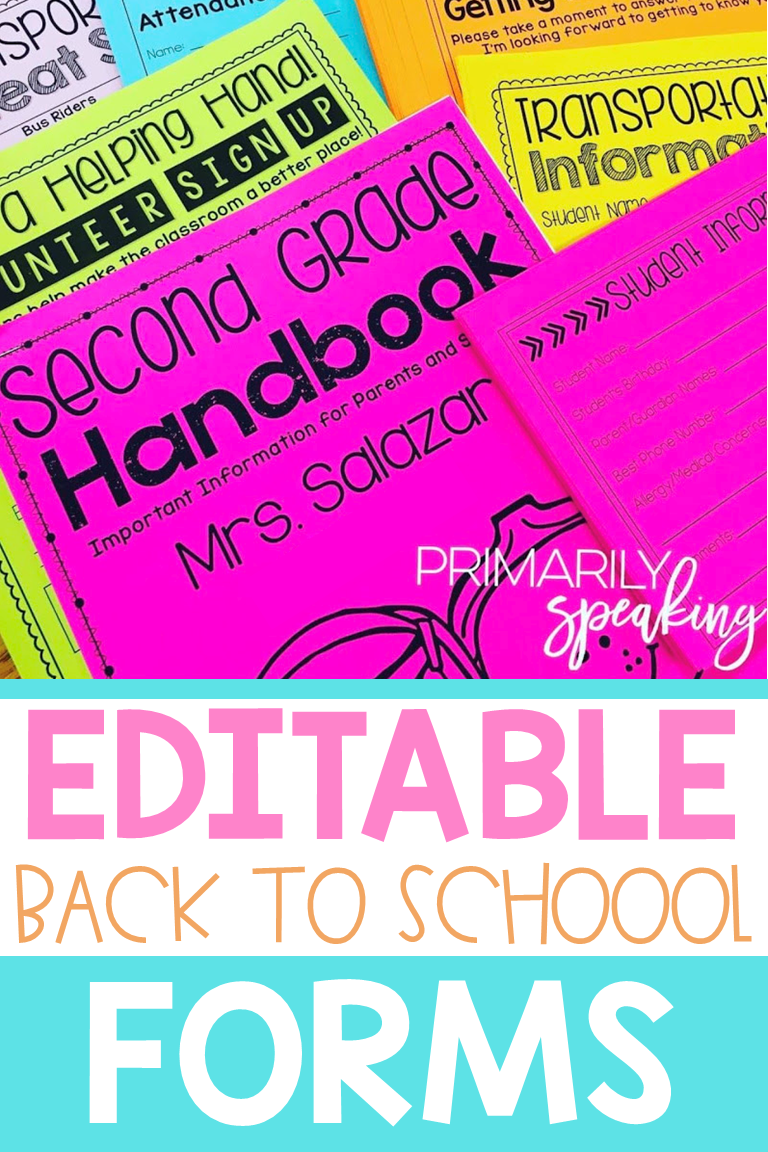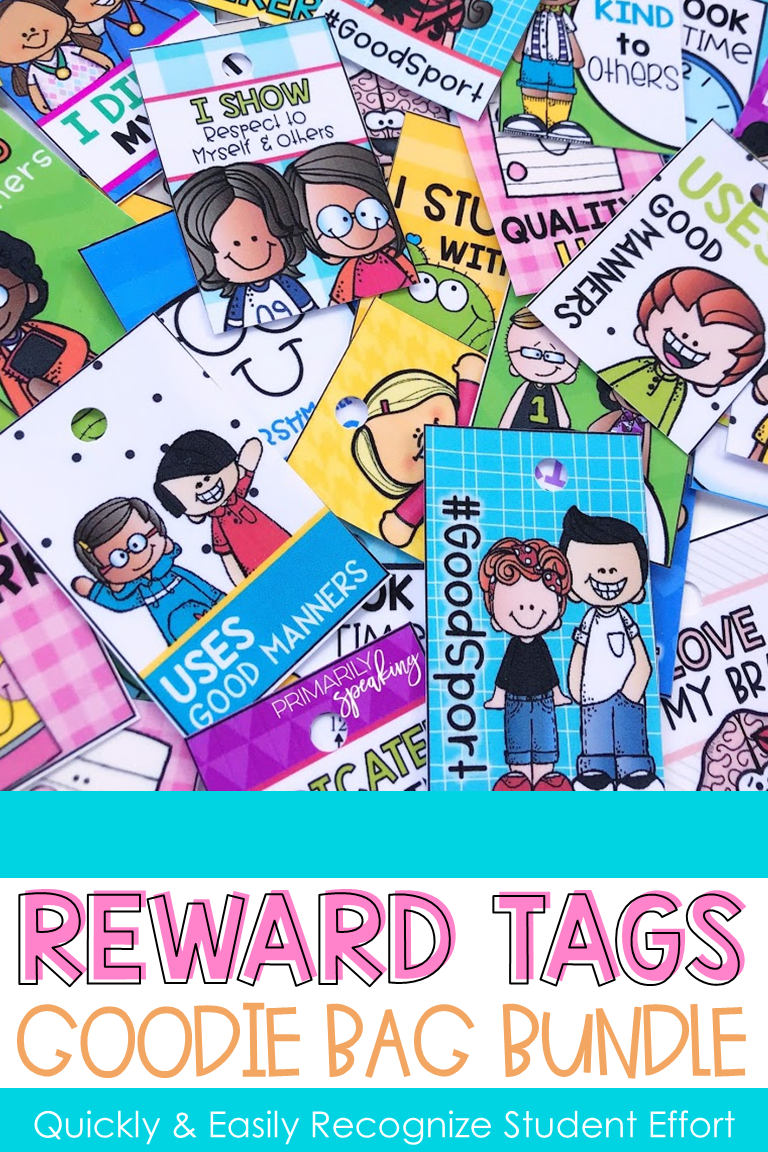Estimation in the Primary Classroom
How often do you make an estimation? Chances are, it's probably more often than you think. We often estimate how much we're spending as we shop, we might guess how many people are in a room, we estimate the size of things, or how many items are on a shelf or in a box. Estimation is a part of our daily lives, so why not start exposing your students to this skill?
Not only is estimation a life skill, but it's fun! Kids love to make guesses and see how they did. Even if their answers are way off, they always enjoy the process of guessing and checking. Here's a peek at how I cover the skill of estimation in my second grade classroom.
While estimation can take many different forms, my philosophy is you have to start somewhere, so when I cover estimation, I like to work with a jar filled with objects. It's a great tool for teaching and giving students practice with making reasonable guesses. I bring the jar out every few weeks. So, let's start with the jar.
As you can see, it's nothing fancy. It came from Dollar Tree. It's what you fill it with that makes it fancy and fun! But more on that in a moment.
My jar is really a canister. ;) It isn't huge either. It's a 32 ounce canister (quart) and it's plastic because sometimes I let the kids handle it and I don't want to worry about glass shattering all over the place.
I like to fill the jar with like sized objects. But, I also like to expose my students to objects of varying sizes. For example, one day we may estimate spider rings and the next time around, we might estimate marbles. This gives the students practice with using their reasoning skills while they make educated guesses as to how many given objects are in the container.
You can fill an estimation jar with just about anything! Sometimes I buy cute little seasonal trinkets I see, and other times, I use what I have on hand. In the past, I've sent the jar home with a different student each week and let them fill the jar. I've even asked parents to send in items that could be used to fill the jar.
Need some ideas for filling your estimation jar? Here are a few you might like:
When it comes time to estimate, my students record their estimations in an estimation journal. Before we estimate, I have the students fill in the basics like the date and the name of the object we are estimating, and we talk about making reasonable estimations. I give a few examples and non-examples after I show them the objects outside of the jar.
I like to remove one object and show them what it looks like on its own. I walk from table group to table group so they can see this. Then, I grab 10 of the objects and show them what that looks like. As I walk from table group to table group, I talk about how seeing this amount can help them to make a reasonable guess if they take the time to think carefully.
As time goes by, I share the trick of roughly counting the number of objects in a row (they need to see the bottom of the jar to do this) and then using repeated addition to approximate the total. For many, this skill is pretty advanced and often ignored, but it's a great way to reach all your learners and to encourage a new level of thinking/reasoning.
We spend some time talking about how our estimations are guesses, and that we might be wrong, and that's OK. We also talk about making a guess that makes sense (is reasonable). For example, it does not make sense to guess that there are 900 spider rings in a jar this size, but it might be reasonable guess that there are close to 100.
Then, it's time to estimate. I walk from table group to table group and show them the full jar, up close. I make sure each student has a chance to get a good look before moving on.
When my students are ready to record their estimation, I have them do so with a crayon. Crayon is hard to erase and is a more permanent means of recording their estimation. Using crayon prevents them from erasing and changing their estimation if it is "wrong." In the mind of many 7 year olds, if their guess doesn't match the actual amount, it's wrong. I want them to understand that it's a guess and therefore doesn't need to be changed. I remind them that if their guess was way off from the actual amount, it just means they need more practice with making estimations.
NOTE: When students make their estimations, they are usually pretty far off target in the beginning, and that's OK. Over time, most of them get better at this skill. Just remember, it's an exercise in reasoning and exposure to a skill. I don't grade my students on this nor do I put any pressure on them. It's a fun way for us to practice a skill that will eventually translate into their everyday life.
Once everyone has had a chance to make their estimation, it's time to count up all the objects! I leave this to the kids. I place a tray at each table group and dump some of the objects from the jar onto the trays. The students have to work together to figure out how many objects they have. I teach them to group the objects into tens for quick and easy counting.
When the groups have figured out how many objects they have, one student reports the amount to me and I write it on the board. Once all the totals are written on the board, we add them up to determine how many objects were in the jar. This is a great way to expose them to adding multi-digit numbers.
Then, we talk about how close/far away our estimations were.
Finally, the students spend a few minutes drawing the contents of the estimation jar in their journal.
You can grab a copy of the journal HERE. Simply copy as many blank student pages as desired and staple them together to create a journal for each student. :)
The great thing about estimation is you can cover this skill as often as you want. Any amount of practice is going to be beneficial, and it's always lots of fun for the kids. Happy estimating!
DON'T FORGET IT, PIN IT!

Not only is estimation a life skill, but it's fun! Kids love to make guesses and see how they did. Even if their answers are way off, they always enjoy the process of guessing and checking. Here's a peek at how I cover the skill of estimation in my second grade classroom.
While estimation can take many different forms, my philosophy is you have to start somewhere, so when I cover estimation, I like to work with a jar filled with objects. It's a great tool for teaching and giving students practice with making reasonable guesses. I bring the jar out every few weeks. So, let's start with the jar.
As you can see, it's nothing fancy. It came from Dollar Tree. It's what you fill it with that makes it fancy and fun! But more on that in a moment.
My jar is really a canister. ;) It isn't huge either. It's a 32 ounce canister (quart) and it's plastic because sometimes I let the kids handle it and I don't want to worry about glass shattering all over the place.
I like to fill the jar with like sized objects. But, I also like to expose my students to objects of varying sizes. For example, one day we may estimate spider rings and the next time around, we might estimate marbles. This gives the students practice with using their reasoning skills while they make educated guesses as to how many given objects are in the container.
You can fill an estimation jar with just about anything! Sometimes I buy cute little seasonal trinkets I see, and other times, I use what I have on hand. In the past, I've sent the jar home with a different student each week and let them fill the jar. I've even asked parents to send in items that could be used to fill the jar.
Need some ideas for filling your estimation jar? Here are a few you might like:
When it comes time to estimate, my students record their estimations in an estimation journal. Before we estimate, I have the students fill in the basics like the date and the name of the object we are estimating, and we talk about making reasonable estimations. I give a few examples and non-examples after I show them the objects outside of the jar.
I like to remove one object and show them what it looks like on its own. I walk from table group to table group so they can see this. Then, I grab 10 of the objects and show them what that looks like. As I walk from table group to table group, I talk about how seeing this amount can help them to make a reasonable guess if they take the time to think carefully.
As time goes by, I share the trick of roughly counting the number of objects in a row (they need to see the bottom of the jar to do this) and then using repeated addition to approximate the total. For many, this skill is pretty advanced and often ignored, but it's a great way to reach all your learners and to encourage a new level of thinking/reasoning.
We spend some time talking about how our estimations are guesses, and that we might be wrong, and that's OK. We also talk about making a guess that makes sense (is reasonable). For example, it does not make sense to guess that there are 900 spider rings in a jar this size, but it might be reasonable guess that there are close to 100.
Then, it's time to estimate. I walk from table group to table group and show them the full jar, up close. I make sure each student has a chance to get a good look before moving on.
When my students are ready to record their estimation, I have them do so with a crayon. Crayon is hard to erase and is a more permanent means of recording their estimation. Using crayon prevents them from erasing and changing their estimation if it is "wrong." In the mind of many 7 year olds, if their guess doesn't match the actual amount, it's wrong. I want them to understand that it's a guess and therefore doesn't need to be changed. I remind them that if their guess was way off from the actual amount, it just means they need more practice with making estimations.
NOTE: When students make their estimations, they are usually pretty far off target in the beginning, and that's OK. Over time, most of them get better at this skill. Just remember, it's an exercise in reasoning and exposure to a skill. I don't grade my students on this nor do I put any pressure on them. It's a fun way for us to practice a skill that will eventually translate into their everyday life.
Once everyone has had a chance to make their estimation, it's time to count up all the objects! I leave this to the kids. I place a tray at each table group and dump some of the objects from the jar onto the trays. The students have to work together to figure out how many objects they have. I teach them to group the objects into tens for quick and easy counting.
When the groups have figured out how many objects they have, one student reports the amount to me and I write it on the board. Once all the totals are written on the board, we add them up to determine how many objects were in the jar. This is a great way to expose them to adding multi-digit numbers.
Then, we talk about how close/far away our estimations were.
Finally, the students spend a few minutes drawing the contents of the estimation jar in their journal.
You can grab a copy of the journal HERE. Simply copy as many blank student pages as desired and staple them together to create a journal for each student. :)
The great thing about estimation is you can cover this skill as often as you want. Any amount of practice is going to be beneficial, and it's always lots of fun for the kids. Happy estimating!
DON'T FORGET IT, PIN IT!

Share It:











































